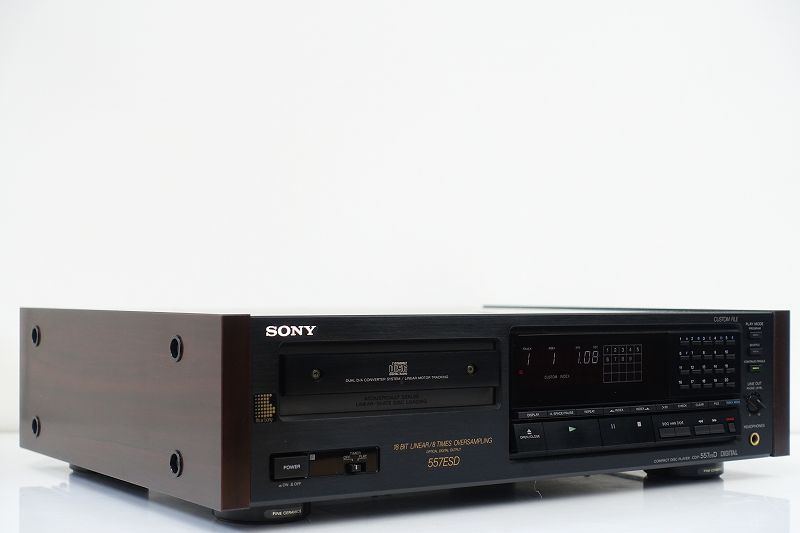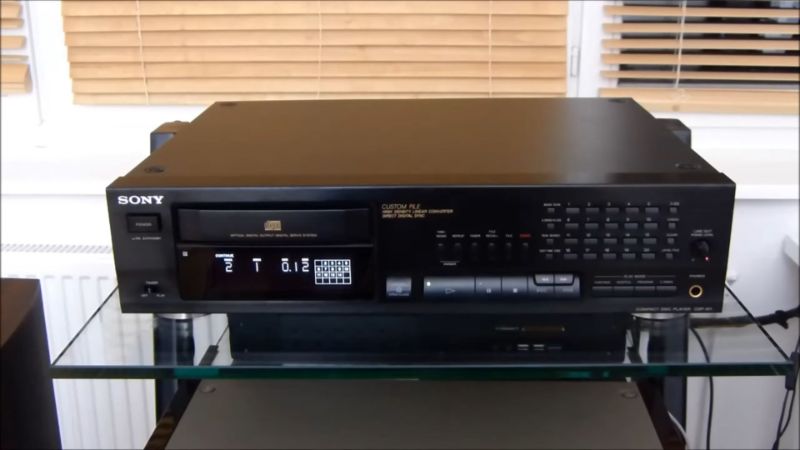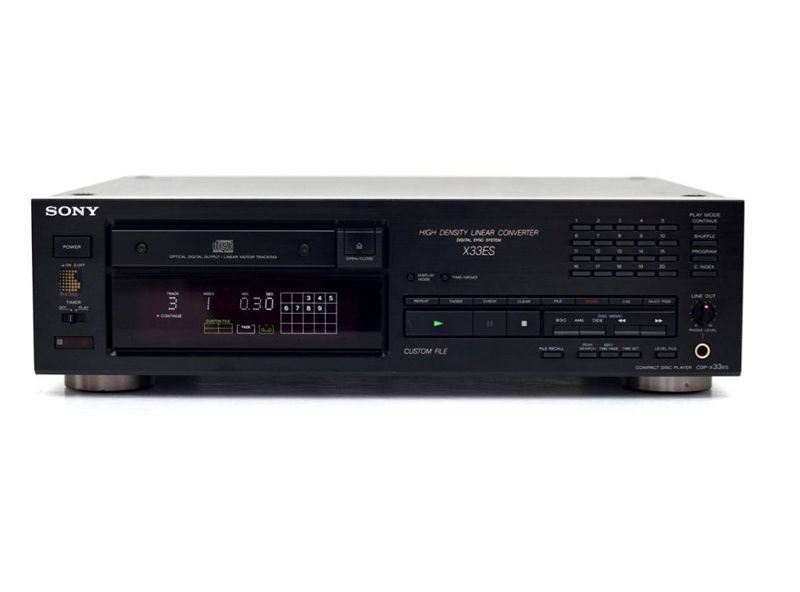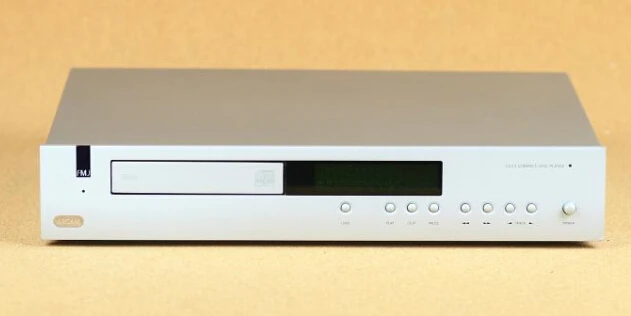Talk of CD’s doom is a little premature, and Marantz has produced a new flagship to show it… It wasn’t the best of times. Most rational people were more worried with wrapping gifts and destroying the Bristol Cream two days before Christmas than with the latest CD technology. But we couldn’t resist the temptation, which is why we arrived at Heathrow at 6.45 a.m. – a time when the words ‘comfort’ and ‘joy’ didn’t exactly spring to mind – to catch a flight to Marantz’s headquarters in Eindhoven.
The majority of people were on their way home for the holidays, but Ken Ishiwata, the Marantz technical guru, was still at work: fresh off a flight from Japan, he was already in his listening room in the grey tower block amidst the Philips complex, and the music was playing. The reason we came here was the brand new 3500 pound Marantz CD7 CD player on the equipment rack. It’s not an exaggeration to say that this one has been in the works for a decade. Ken Ishiwata and his colleagues at the Marantz facility in Machida, Japan, have been working on an ultimate ‘statement’ CD player in between projects like the famous KI-signatures series. With the approaching introduction of super-CD formats like DVD-A and SACd, it was the perfect time to release it, if only to demonstrate that the good old 16-bit format can do so much more. So, what’s new with this Marantz behemoth?
The question is rather “what’s new,” since the player returns to tried-and-true multi-bit digital conversion, albeit via Philips’ acclaimed TDA1541 devices. But these aren’t just any DACs; they’re the top-of-the-line ‘Double Crown’ models, hand-picked from the production run for maximum performance. While the transport is likewise from Philips, it’s the industrial version of the CDM-12.3, which uses die-cast metal instead of plastic and is held in place for transit by a pair of bolts (talk about a throwback!). Then there’s the interior design, which includes the analogue portion being housed on its own copper chassis/shield, a slew of top-of-the-line Marantz Hyper-Dynamic Amplifier modules (HDAM), thorough plating (including the feet! ), and high-quality components throughout. However, if you lift out the tray on which the analogue part is placed, you’ll see something peculiar in any CD player. The Marantz CD7 is powered by a pair of Motorola CPUs, which are located on a second layer. Because the new machine uses Digital Signal Processing (DSP) for all of its digital filtering, it can respond to signals at a very rapid speed.
This has enabled various features not found in other one-box CD players, including twin digital inputs with a completely automatic sampling rate converter, a choice of digital filtering locations, and the option to turn on and off noise shaping. While Ishiwata acknowledges that the filter and noise-shaping options are intended to please the Japanese market – and that the player is best in the ‘Filter 1’-position – he’s more thrilled about how this player handles the nasties inherent in digital recordings.
The way it deals with ‘pre-ringing’ is particularly noteworthy. If you look at an oscilloscope trace of a CD-recorded impulse, you’ll notice that the impulse is a pointy item with a lot of small waves before and after it. These reduce the definition of the impulse, and while standard filtering can lessen those after the signal, the ones before the signal (that ‘pre-ringing’) have been an issue until recently. By utilizing all of that processing capability, the Marantz is able to achieve the sound that its designers desire while avoiding the need for substantial analogue filtering. In other words, the signal that reaches the DACs is the correct signal, not something that a bunch of stuff downstream can fix later.
Despite this, the Marantz CD7 we’ll be able to buy here has had a few adjustments between prototype and production – it’s not exactly the same as the Japanese one.’ laughs the completely European Ishiwata-san – simply to make sure it lives up to its full potential. As a result, we have a player that is enormous, heavy (we know because we had to carry full 16kg back on the plane!) and quite remarkable.
Single-ended or balanced outputs are offered, with the latter utilizing the player’s internal design to further decrease noise and interference, but even when connected via single-ended outputs, this machine has winning style. It also looks the part, with excellent touches like the way the primary controls buttons work and how the display fades in and out with the click of a relay at the touch of a button. The little pleasures in life… Is it true that there was a Christmas in 1998? The question arises simply because we appear to have spent the majority of the time riveted to the Marantz CD7, listening to what it could achieve with a wide range of CDs.
The Marantz CD7 is capable of shaking the floor with the big pipes of Bach’s Toccata and Fugueas, creating a breathtaking image of a solo female voice in the room, feeding Musical Fidelity’s X-P100 preamp and a pair of X-AS100 power amps, and running into Monitor Audio’s Studio 20SEs and our elderly but still amazing REL Stygian sub. There’s nothing to draw attention to what’s going on, but going back to a less capable player after using the Marantz CD7 is a bit of a letdown.
The Marantz CD7 is a serious machine, and it appears that it will become as much of a one-box reference as the Marantz CD63 MkII KI-Signature at the lower end of the market. Coming to this machine after last month’s tests of Meridian, Naim, and TAG McLaren’s two-box machines was no hardship, and with those digital inputs, this machine is just as versatile as a transport/DAC combo.







